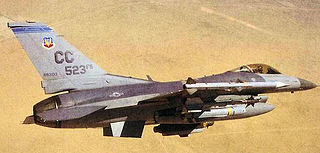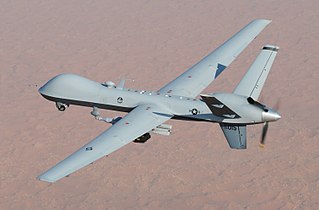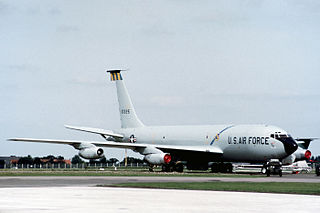- Hunter Field, Georgia, 15 January–19 October 1941
- Fort William McKinley, Luzon, Philippines, 20 November 1941
- San Marcelino, Luzon, Philippines, 22 December 1941
- (Air echelon operated from Archerfield Airport, Brisbane, Australia, 24 December 1941 – 5 February 1942)
- Limay, Luzon, Philippines, 25 December 1941
- Bataan, Luzon, Philippines, 5 January 1942 (Air echelon operated from: Malang, Java, Netherlands East Indies, 18 February–c. 1 March 1942, Archerfield Airport 10–24 March 1942)
- Charters Towers Airport, Australia, Apr–4 May 1942;
- Hunter Field, Georgia, 4 May 1942
- Key Field, Mississippi, 15 July 1942
- Hattiesburg Army Airfield, Mississippi, 15 August 1942
- Harding Army Air Field, Louisiana, 26 October 1942 – 21 November 1942
- Ste-Barbe-du-Tlelat Airfield, Algeria, 26 December 1942
- Nouvion Airfield, Algeria, 7 January 1943
- Ras el Ma, French Morocco, 6 April 1943
- Korba Airfield, Tunisia, 4 June 1943
- Ponte Olivo Airfield, Sicily, 18 July 1943
- San Antonio, Sicily, 3 September 1943
- Rome Ciampino Airport, Italy, 18 September 1943
- Guado Airfield, Italy, 4 November 1943
- Pomigliano Airfield, Italy, 19 January 1944
- Castel Volturno, Italy, 10 April 1944
- Santa Maria Airfield, Italy, 8 May 1944
- Le Banca Airfield, Italy, 7 June 1944
- Ciampino Airfield, Italy, 11 June 1944
- Voltone Airfield, Italy, 4 July 1944
- Sarragia Airfield, Corsica, 13 July 1944
| - Le Luc Airfield, France, 25 August 1944
- Salon de Provence Airfield (Y-16), [10] France, 30 August 1944
- Loyettes Airfield (Y-25), [10] France, 12 September 1944
- Tarquinia Airfield, Italy, 2 October 1944
- Pontedera Airfield, Italy, 1 December 1944
- Saint Dizier-Robinson Airfield (A-64), [10] France, 21 February 1944
- Nancy-Ochey Airfield (A-96), [10] France, 19 March 1945
- Fliegerhorst Biblis (Y-78), [10] Germany, 5 April 1945
- Fliegerhorst Sandhofen (Y-79), [10] Germany, 24 June 1945
- Fliegerhorst Echterdingen (R-50), [10] Germany, 15 September–20 October 1945
- Camp Shanks, New York, 6–7 November 1945
- Fritzlar Air Base(Y-86), [10] Germany, 20 August 1946
- Bad Kissingen Airfield (R-98), [10] Germany, 25 June 1947
- Andrews Field, Maryland, 25 June 1947
- Kearney Army Air Field (later Kearney Air Force Base), Nebraska, 16 July 1947
- Bergstrom AFB, Texas, 16 March 1949 – 11 November 1950
- Taegu Air Base (K-2), [11] South Korea, 5 December 1950
- Itazuke AB, Japan, 31 January 1951
- Bergstrom AFB, Texas, 12 August 1951 (deployed to Misawa AB, Japan, 13 October 1952 – c. 13 February 1953 and RAF Sturgate, England, 7 May 1955 – 19 August 1955)
- Cannon AFB, New Mexico, 18 February 1959 – 20 September 2007
- Deployed at:
- Hahn AB, West Germany, 17 June 1959 – 8 July 1959
- Incirlik AB, Turkey, 10 February 1961 – 16 June 1961
- Elmendorf AFB, Alaska, 30 October 1961 – 14 November 1961
- MacDill AFB, Florida, 21 October 1962 – 1 December 1962
- Dhahran Air Base, Saudi Arabia, 17 September – 20 November 1963
- Takhli RTAFB, Thailand, 9–c. 27 June 1963 and 21 January 1964 – 19 March 1964
- Misawa AB, Japan, with detachment at Kunsan AB, South Korea, 1 December 1964 – 28 March 1965
- Holloman AFB, New Mexico, 13 April–12 May 1966
|






























